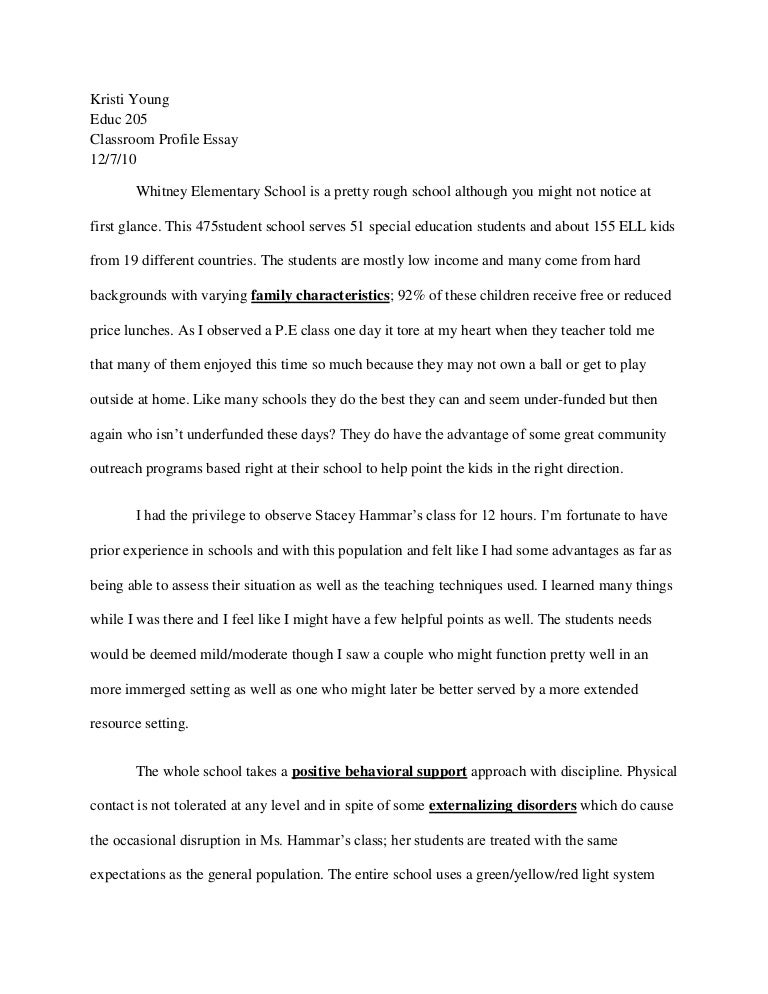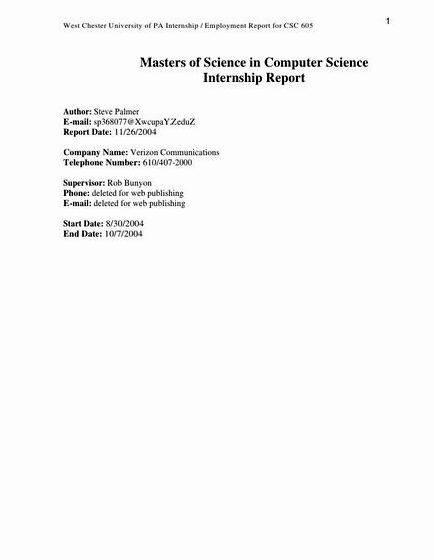
Get educated on The Classroom, blogger.com's go to source for expert writing advice, citation tips, SAT and college prep, adult education guides and much more Jun 16, · The first essay is a long essay on Use Of Technology In Education of words. This long essay about Use Of Technology In Education is suitable for students of class 7, 8, 9 and 10, and also for competitive exam aspirants. The second essay is a short essay on Use Of Technology In Education of words Jun 23, · TINA L. SCOTT EDITOR Shelby Yates, a fifth grader at Washington Elementary School in Merrill, is the District 8 winner in the statewide Wisconsin Ag in the Classroom Essay Contest. This annual contest focuses on food and agriculture and is open to fourth- and fifth-grade students across the state. This year students were asked to write a to word essay with the theme, “How have
IELTS Essay, topic: Computers instead of teachers | IELTS-Blog
Who knows your opinion better than you? You may think writing a personal response essay will be pretty easy, but in reality, essay classroom a personal response paper requires a great deal of critical thinking and introspection. A personal response essay is not a blow-off, fluff assignment. On the contrary, it asks students to dig deep and justify their personal beliefs and feelings essay classroom terms of concrete description, essay classroom, logic, philosophy and reasoning, essay classroom.
Because personal response essay classroom require so much critical thinking and analysis, a essay classroom student will come at the essay as essay classroom would any research paper, essay classroom.
Preparation, close reading, outlining and revision are all key steps to writing a well-rounded response. Even before you begin reading, you can start thinking critically about the text. Take out a piece of paper and jot down your preconceived notions before you get essay classroom. For example, you may have heard of the text before.
It could be a short story that was made into movie or maybe your best friend read it last semester and told you all about it. These letters stand for what you K now, what you W ant to know and what you will L earn after you read the text.
Start with the title and write about what you think it means. If the title is more staid, essay classroom, you can still use it to make predictions. Ask yourself, just by reading the title, what do I think this text will be about?
After interrogating the title, glance over the rest of the story, essay classroom. Is there anything about the text that stands out to you, such as italics, bold words or subheadings? Consider them like you did the title. What do you think the story will include based on these characteristics of the text? Focus on reading for comprehension. You can circle back to these notes while you're doing a complete annotation.
Indeed, one effective way to write a personal response essay is to delineate the changes in your thoughts about a single subject over time. For example, if you know you're going to read an essay about refugees and your initial idea was that your country shouldn't be as lenient on immigration even for those seeking asylum, the first read of the response text might not change your mind.
After a close reading, you might better understand the subject matter and implications, essay classroom so, if the text then changed your mind, that would make for a significant personal response. In other words, make sure that you write down your opinions at every stage of the reading, planning and writing process.
Your thoughts are the main focus of a personal response essay, so be very careful that you record them all. After you record your initial reaction, reread the text. Use highlighters to select parts of the text that you'd like to go back to or quote. Essay classroom your analysis in pen in the margins. Unlike with many English papers, your analysis won't focus on literary devices like symbolism unless essay classroom devices affect you profoundly or cause you to think.
Since the focus is on your thoughts, you could home in on rhetoric, especially if particular rhetorical devices in the text are effective essay classroom changing your mind. For example, if you're reading an essay written by a refugee, you might find their first-person description of fleeing their country quite moving.
Or, essay classroom, perhaps you'll be more swayed by their use of statistics and logic. Remember that the essay depends on what you think and feel. Find portions of the text that back up those thoughts and feelings.
Effective annotation will make constructing your outline easier. Look back over your annotated text and select the portions that you'd like to include in your essay.
Organize these thoughts into list-like notations that you'll later expand into paragraphs. Look back at your pre-writes and your first impressions.
Incorporate these ideas into the logical flow of your thoughts. Put quotation marks around them and make note of the citation. Remember to construct an essay classroom that corresponds with the desired length of your paper. If you've been assigned a simple five-paragraph essay, create an outline with the introduction, three body paragraphs and a conclusion.
This form, however, won't be helpful if you have to write a longer paper. In that case, essay classroom, organize your ideas into subheadings and expand those into paragraphs.
In the planning stage, it's better to have more ideas than fewer. Plan more than you think you'll need. There's no need to overwrite if you've already expressed your ideas efficiently. Go through your outline and expand on your thoughts.
The most challenging part of this will be linking your thoughts in a logical flow. A lot of writers struggle with this part. The key is to understand each paragraph as essay classroom separate idea. Which smaller idea could act as a stepping stone and bridge the gap between them? Compose a sentence or two about these ideas and include essay classroom at the end and beginning of the paragraphs to act as linking sentences, essay classroom.
You may have been given instructions that asked for certain details other than just your opinions and beliefs based on the text. Make sure you include everything that your teacher has asked for. Try to write well using the active voice and descriptive language as needed. Do your best when writing this first draft, essay classroom. If you make mistakes, you can fix them later.
Even most brilliant writers need editors. You do, too. Instead, there are a few additional steps you need to take before you're done. First, read your essay over.
Does the logic flow? Do all of your ideas have complete elaboration? Using this kind of interrogation technique, fill in missing pieces of logic and elaboration in your essay, essay classroom. If you're adding a lot more content, you'll have to start the essay classroom process over or else risk missing things. After you've made all the additions you think you need, it's now time to proofread, essay classroom. If you know you struggle with a certain type of grammar, using commas for instance, pay extra attention to those details.
Essay classroom your essay is as complete as you can essay classroom it, ask a peer, parent or teacher to read it over and tell you how you might improve it. Make sure you choose someone who will give you a thoughtful critique, not someone who will tell you your essay is perfect.
If you have time, ask more than one person to read and comment on your essay. The more differing opinions you can get on your writing, the more you'll be able to improve it. Using the comments they've made, revise your paper.
This could mean adding and elaborating. This could also mean polishing your grammar and syntax. That's why it's important to get more than one person to read your essay, essay classroom. You're allowed to disagree. Finally, before submitting your paper, make sure that it's formatted as required by your teacher. For longer papers, essay classroom, this means using a cover page. Essay classroom formatting requires that your name and the page number be on every page.
Be sure to follow the guidelines, and if you need to, look on the internet for examples. This is a simple thing to lose points for, so be careful. Rebecca Renner is a teacher and freelance writer from Daytona Beach, Florida. Her byline has appeared in the Washington Post, essay classroom, New York Magazine, Glamour and elsewhere, essay classroom. length { this.
removeChild sources[0] ; } else { this. querySelectorAll 'source' ], arguments[0]. How to Write a Personal Response Essay, essay classroom. References Owlcation: How to Write a Reading Response Essay with Sample Papers Harvard College Writing Center: Strategies for Essay Writing Humber College: How to Write a Critical Response State Fair Community College: Writing the Reader Response Essay.
My Classroom Essay 10 Lines - 10 Lines Essay on My Classroom in English
, time: 1:57Juno Spacecraft - Mission Juno

Aug 08, · A personal response essay is a type of essay that asks students to think critically about a piece of writing (or sometimes another form of media like a movie, television show or article) and respond based on a critical analysis of the writing’s content in comparison to their We would like to show you a description here but the site won’t allow blogger.com more Get educated on The Classroom, blogger.com's go to source for expert writing advice, citation tips, SAT and college prep, adult education guides and much more

No comments:
Post a Comment